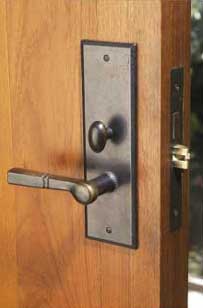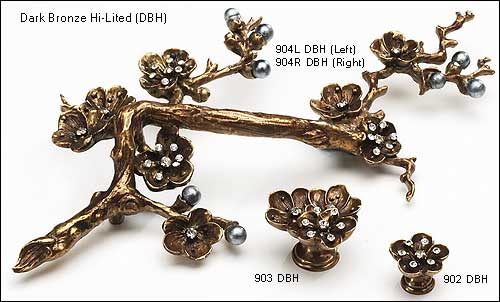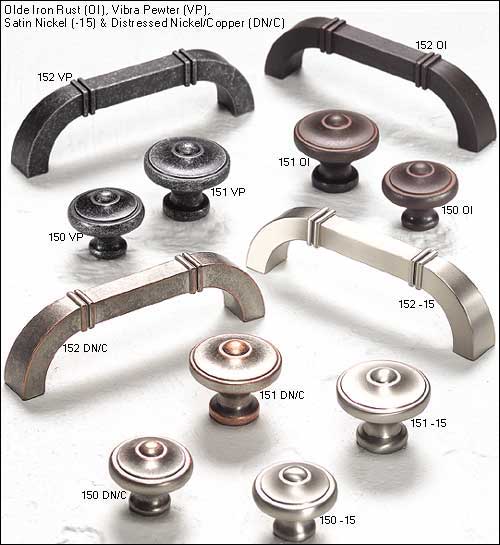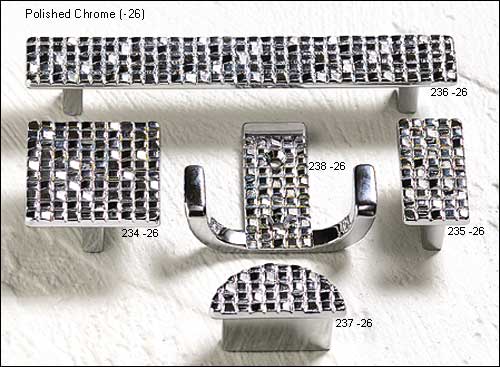It is no longer 1920 and houses that are built in 2008 shouldn't try to make it seem like it is. So when I see an older home up close, I'm not looking for ways to imitate it in a newer home. Rather, I look to them to see what lessons I can learn from the people who built them. In 1920, architects and builders had a completely different idea about scale and proportion than most of what you see today. There are lessons galore.
So many times, contemporary homes are built with the idea that more is always better. When in doubt; increase the scale, slap on more ornamentation, and lose whatever sense of serenity a structure has in a sea of more crap. Enough already. Most great vintage homes don't do that. Exceptions abound, but for the most part, an older home that feels like a home does so because of the human-ness of its scale and design. When my 1920s Tudor was built, times were simpler in the sense that people had lower expectations and ornament was expensive and beyond the reach of most people. Too, there was a civic modesty people subscribed to and its demise is clearly evident to anyone who passes through the gates of any suburban enclave in the nation.
But it doesn't have to be that way. Scale is not a difficult thing to demand or get. Even in a gated enclave. A house should fit its lot and not frighten passersby. Proportion isn't subjective and it's not subject to the winds of change. It's also not too much to ask. For more information on this and related topics, our friends over at Taunton Press have dedicated a publishing company to the call for more reasonable building practices. Check them out at http://www.taunton.com/ Pay close attention to the books written by an architect named Sarah Susanka. The woman changed my life and she can change yours too.
Now how does any of this relate to door knobs? I'm not quite sure, but let me try to pull off a graceful segue here.
When I was in the 1920s Tudor this afternoon, what struck me more than anything were the door knobs and hinges that were original to the house and were everywhere. They were simple and elegant and beautiful. When that house was built, the hardware for the doors came from a foundry where men toiled in wretched conditions and they cast bronze using the "lost wax" method that you learned about in social studies in grade school.

The hardware you're going to find in your friendly neighborhood home center is going to be mass produced in China under reprehensible conditions. The conditions there are probably worse than they were in a foundry in the US a hundred years ago, and the artisanal qualities are nonexistent. So what you get for that bargain price is poorly designed dreck and increased trade imbalance with China. So what's somebody with a taste for simple elegance and a social conscience to do?
It's easy, log onto the website of Sun Valley Bronze (http://www.svbronze.com/) or Rocky Mountain Hardware (http://www.rockymountainhardware/) and feast your eyes on the offerings of two companies who still cast bronze using the lost wax method. Minus the horrible working conditions. The door hardware to the upper right is from Rocky Mountain and proves
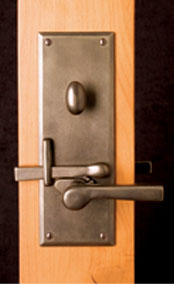 that contemporary settings can still benefit immensely from some old world craftsmanship that doesn't look like a cartoon of old world craftsmanship.
that contemporary settings can still benefit immensely from some old world craftsmanship that doesn't look like a cartoon of old world craftsmanship.To the left and right are the inside and outside faces of a set of door hardware from Sun Valley Bronze. To feel hand cast bronze is to touch the face of God.
 Bronze has a tactile quality that's unmatched by any other metal. It been popular since, well, the Bronze Age for a very good reason. It looks good and feels better. I even like the way it smells. Who knew that an alloy of copper and tin could bring such joy to the world?
Bronze has a tactile quality that's unmatched by any other metal. It been popular since, well, the Bronze Age for a very good reason. It looks good and feels better. I even like the way it smells. Who knew that an alloy of copper and tin could bring such joy to the world?To the left and below slightly is a set of hardware for French doors that whispers odes to your good taste. To the lower right is a lever handle, and each of these sets is from Sun Valley
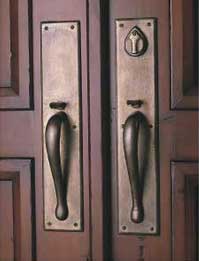 Bronze. Of course, these photos can't begin to do them justice, so do a little research on your own and find some of these things. You'll be happy you did.
Bronze. Of course, these photos can't begin to do them justice, so do a little research on your own and find some of these things. You'll be happy you did.